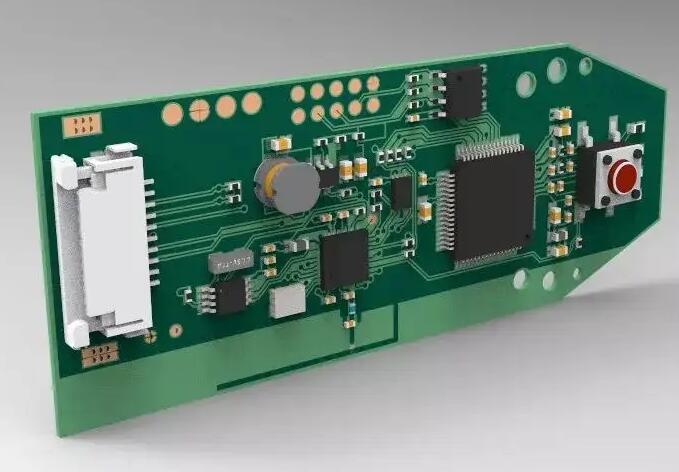1. Conformal coating
The coating layer of the PCBA should be transparent and evenly cover the printed board and components. Whether the coating layer is uniform is related to the coating method to a certain extent, which will affect the appearance of the printed circuit board and the coating condition of the corners. Dip-coated components in SMT chip processing will have a "deposit line" of paint buildup, or a small amount of air bubbles at the edge of the board, which do not affect the function and reliability of the coating. How to check the quality of PCBA conformal coating

2. Coating layer
The coating on the PCB can be visually inspected. Coatings with fluorescent substances can be inspected in dim light, and white light can be used as an auxiliary means of coating inspection.
1) Goals
Good adhesion on PCBA components; no cavitation or air bubbles.
No semi-wetting, dusting, peeling, wrinkle (non-adhering area) cracking, ripples, fish-eye or orange peeling are detected by PCBA.
No inclusion of foreign matter; no discoloration or loss of clarity; coating fully cured and uniform.
2) Acceptable
Coating is fully cured, uniform and consistent; areas requiring coating are covered with coating; no adhesion to solder mask.
There is no loss of adhesion, no voids or bubbles, no semi-wetting, no cracks, no wavy lines, no fish-eye or orange peeling at the bridging of adjacent pads or conductor surfaces on the PCB; foreign objects do not affect components, soldering Electrical clearance between disc or conductor surfaces.
The coating is thinner but still covers the edge of the component.
3) Defects
Coating not cured (exhibits stickiness)
Areas requiring a coating layer are not coated.
Coating is missing in areas where coating is required.
Bonding of adjacent conductors or PCB pads due to significant loss of adhesion (powdering), voids or bubbles, semi-wetting, cracks, ripples, fish eyes or peeling of orange peel, causing the pad or adjacent conductor surface Bridging, exposing circuits or affecting electrical gaps between component pads or conductor surfaces. Discoloration or loss of transparency.
3. Thickness of conformal coating layer
The specimen can be the same material as the PCBA printed board or other non-porous materials such as metal or glass. Wet film thickness measurement is also a method of coating thickness measurement, which is based on the known dry/wet film thickness conversion relationship to obtain the final coating thickness.